Given that one in six new cars in the UK is now electric, it’s amazing how many burning questions still swirl around the technical progress of EVs. It can still seem that buyers are being ‘tucked into’ products we know too little about.
How, for instance, will EVs develop over the next few years? Will we see some giant leap in capability that will overshadow what we’re offered today? How can manufacturers enhance EVs’ character to match today’s ICE cars? Does anyone have a clue?
Steve Lambert does. He’s head of electrification at McLaren Applied, the Woking-based independent technology company that was spun out of the McLaren Group (which also contained Automotive and Racing) in 2021.
In recent years, the task of Lambert and his peers has been to apply their company’s deep and detailed expertise gained from racing to wider markets: railways, mining, buses and, of course, the electric cars of the future.

The team have devised a neat and succinct way of categorising 25 years of EV development into four key phases that take us from the rise of pioneering EVs like the 2008 Tesla Roadster (“laptop batteries in the back of a Lotus Elise”) to the gotta-have-one EVs that we hope manufacturers will be offering in the mid-2030s, when even plug-in hybrids will no longer be permitted for sale in the UK and Europe.
Lambert recently explained his theories in a short but pithy public presentation that raised so many supplementary questions that we decided to seek him out for an interview at Applied’s headquarters.
He tells us that phase one of EV development encompasses the rise of pioneers like that Tesla and the 2010 Nissan Leaf, which showed practical road cars were possible.



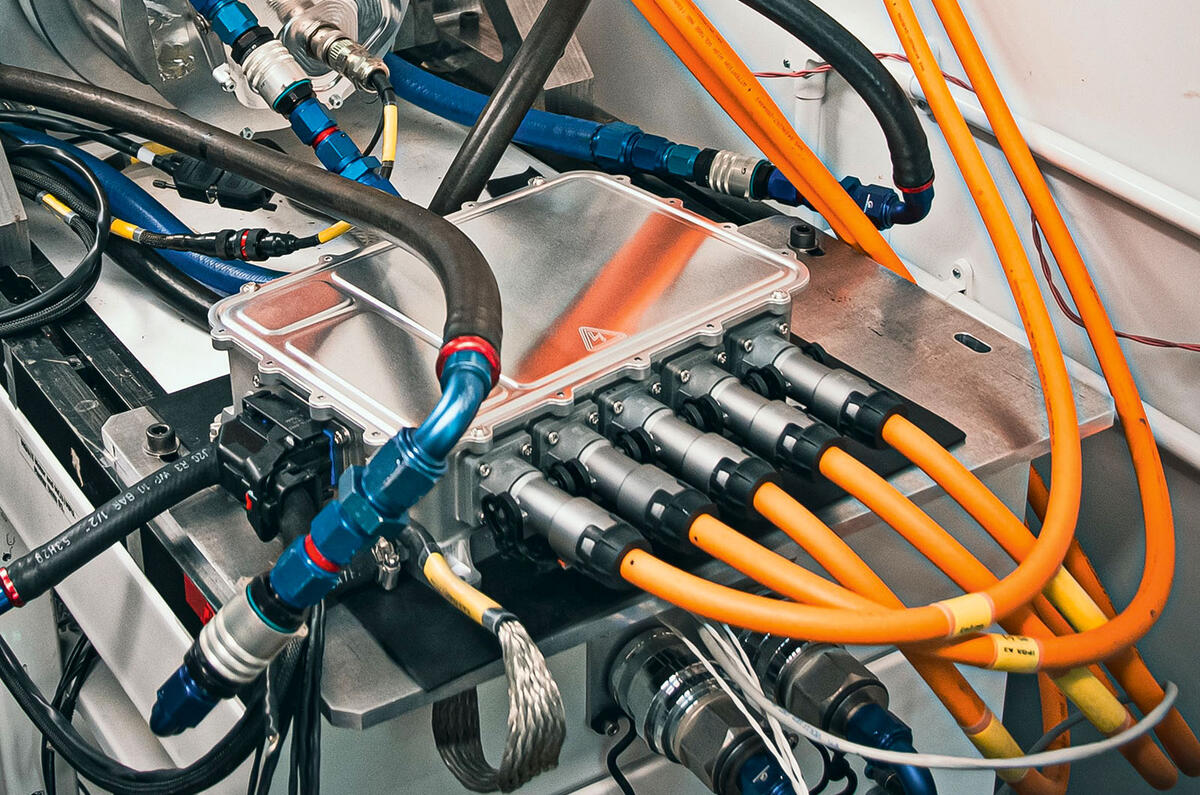

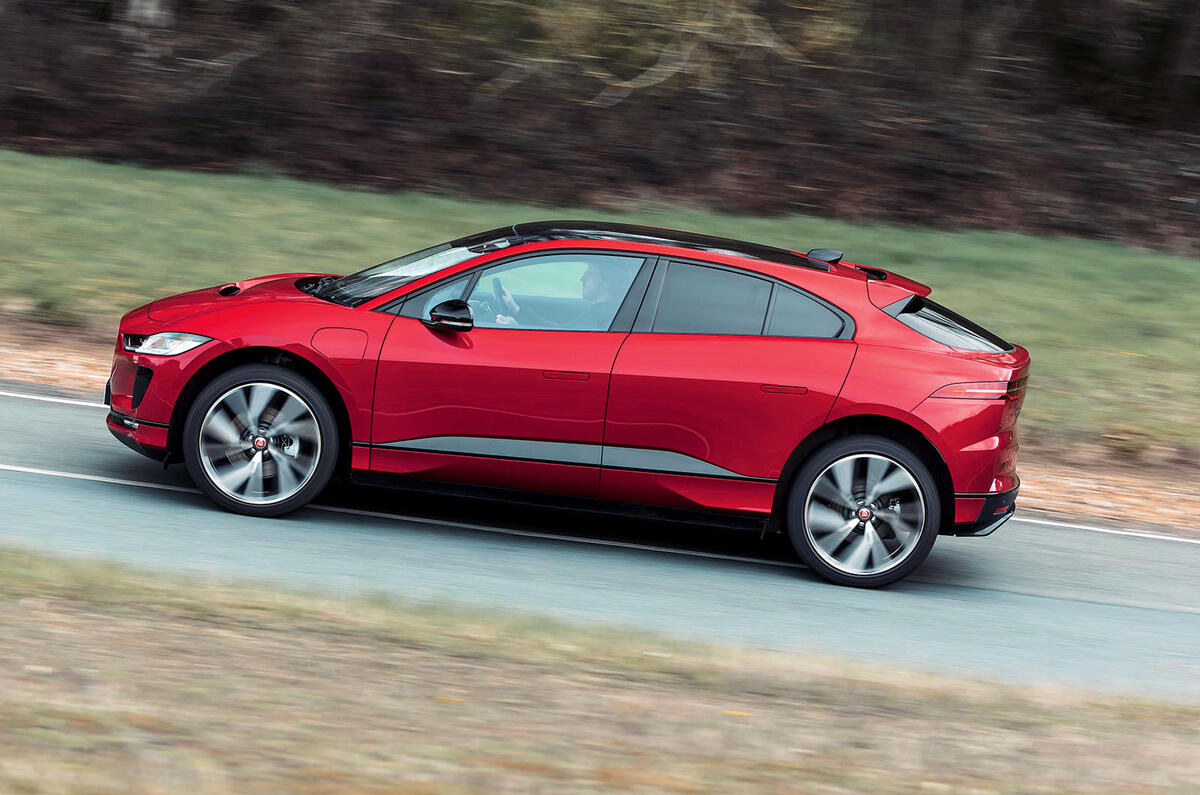
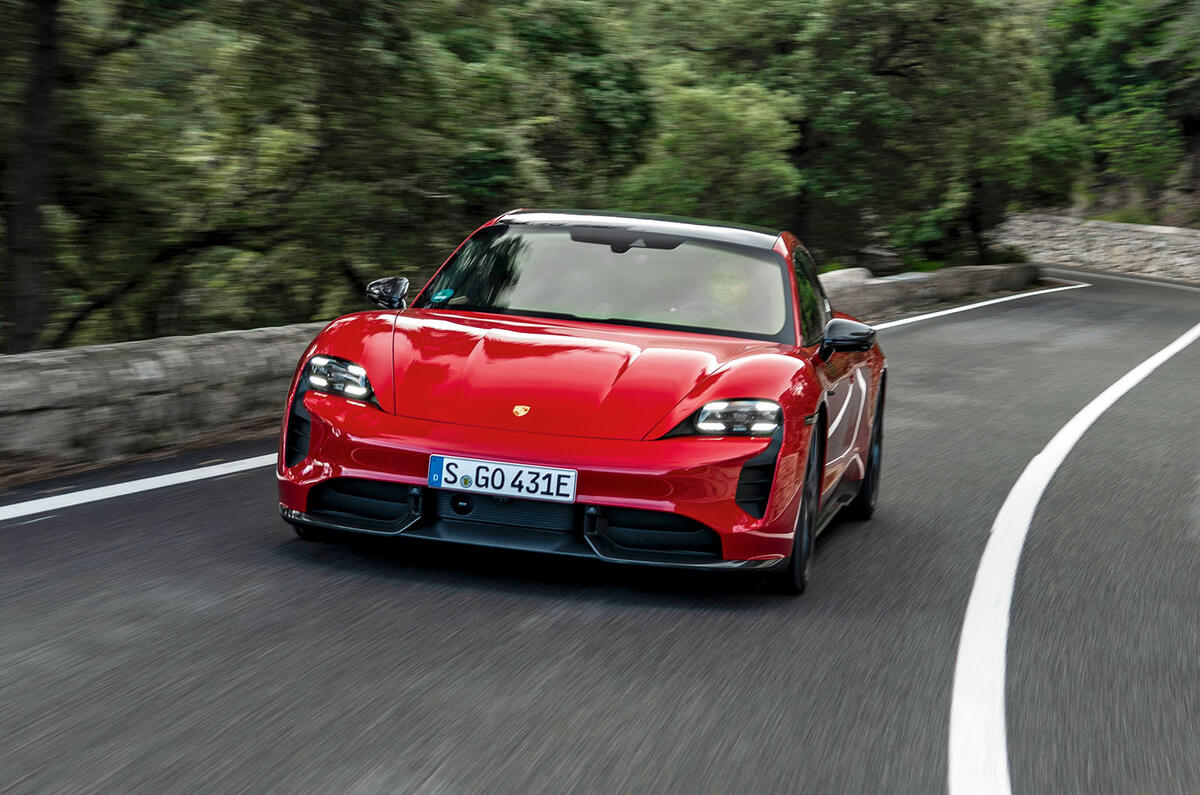
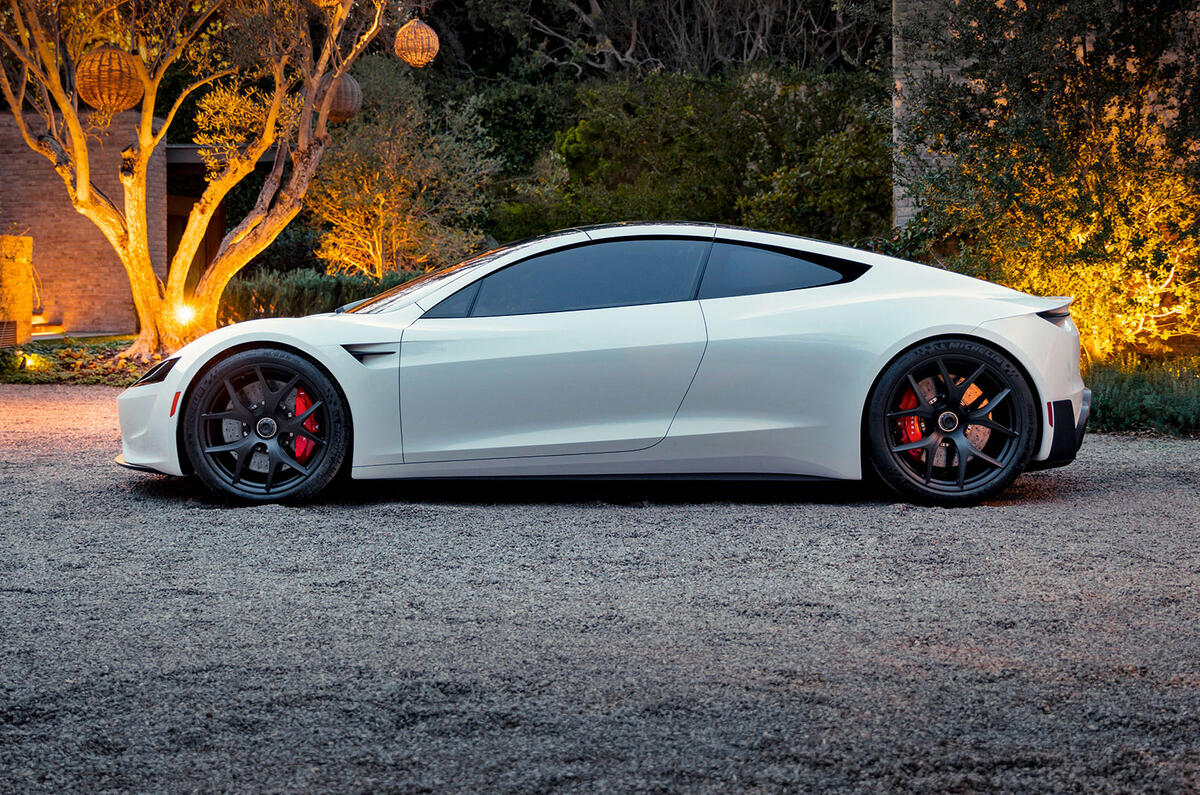


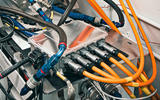

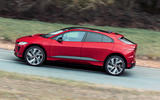

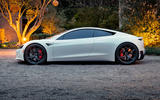









Join the debate
Add your comment
Electric cars will never be as popular as ICE cars. I trust McLaren but I am telling you that you are wrong Mr. Lambert. Just the thought of McLaren making only electric cars disgusts me. So don't be stupid, instead make another car like the Senna or P1 because let's be honest that's what we all want from you, nobody cares how "green" the McLarens are, stick with the V8 engine and make another hypercar.
These articles often say electric cars are less enjoyable to drive, this just isn't my experience. The instant accelerator response from an electric car is so much better than that of the modern standard drivetrain made up of small combustion engine, big turbo and automatic gearbox. The loss of an inspriring engine note is my main complaint, and manual gearboxes are disappearing as a choice anyway.